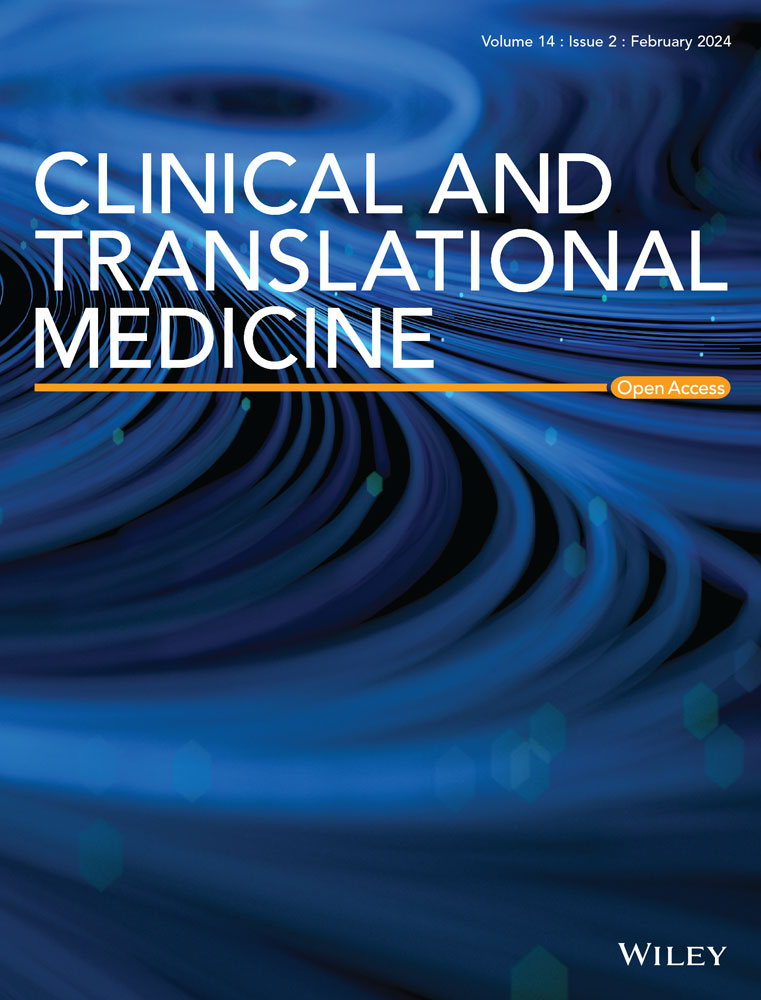Depression is a common but often overlooked consequence in individuals with post-traumatic brain injury (TBI). Circular RNAs (circRNAs) play essential roles in the nervous system, yet their involvement in the cell death mechanism known as cuproptosis and in TBI-related depression remains unclear.
This study aimed to investigate the role of circRNA, specifically circSpna2, in the regulation of cuproptosis and its association with depression in TBI patients.
RNA sequencing (RNA-Seq) was used to assess the differential expression of circRNAs. Depression was evaluated using subjective and objective rating scales, and circSpna2 expression levels in plasma were measured. Further functional experiments were conducted in TBI mouse models, including knockdown and overexpression of circSpna2, to explore its impact on the Keap1-Nrf2-Atp7b pathway and cuproptosis.
TBI patients exhibited decreased levels of circSpna2, which correlated with depression (p < 0.0001). Knocking down circSpna2 in TBI mice aggravated depression-like symptoms (p < 0.0001). Mechanistically, circSpna2 was found to bind ubiquitin ligase Keap1, modulating the Nrf2-Atp7b signaling pathway and influencing cuproptosis (docking score: −331.88). Overexpression of circSpna2 alleviated cuproptosis after TBI through the Keap1/Nrf2/Atp7b axis.
CircSpna2 plays a regulatory role in cuproptosis and may serve as a novel biomarker and therapeutic target for depression following TBI. Enhancing circSpna2 expression could mitigate depression after TBI by modulating the Keap1/Nrf2/Atp7b pathway.
This study explores the role of circSpna2 in depression following traumatic brain injury (TBI). It was found that circSpna2 is significantly downregulated in TBI patients, and its expression levels correlate with depressive symptoms. In TBI mouse models, overexpression of circSpna2 alleviated depression-like behaviours, while its knockdown exacerbated these symptoms, suggesting its potential as both a biomarker and a therapeutic target for post-TBI depression. Mechanistically, circSpna2 regulates the Nrf2-Atp7b signalling pathway by binding to the DGR domain of Keap1, which prevents Nrf2 ubiquitination and enhances Nrf2 activity. This in turn promotes the transcription of Atp7b, a copper transport protein, helping to maintain copper homeostasis and mitigate copper-induced oxidative stress, a key driver of cell death (cuproptosis). The overexpression of circSpna2 also improved mitochondrial function and synaptic integrity, which are typically impaired by copper dysregulation. These findings highlight the therapeutic potential of circSpna2 in managing TBI-related depression through the regulation of oxidative stress and copper homeostasis.



